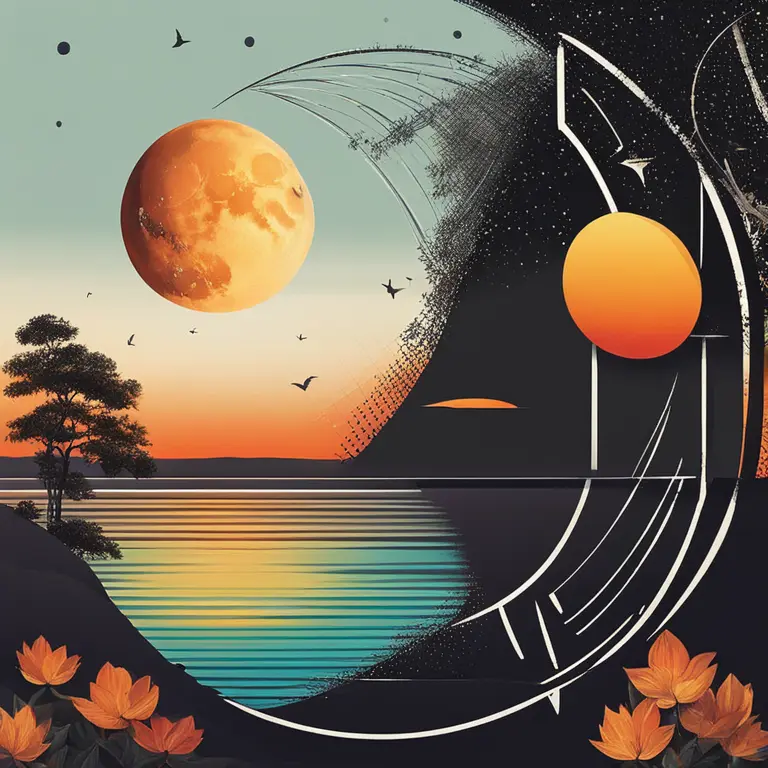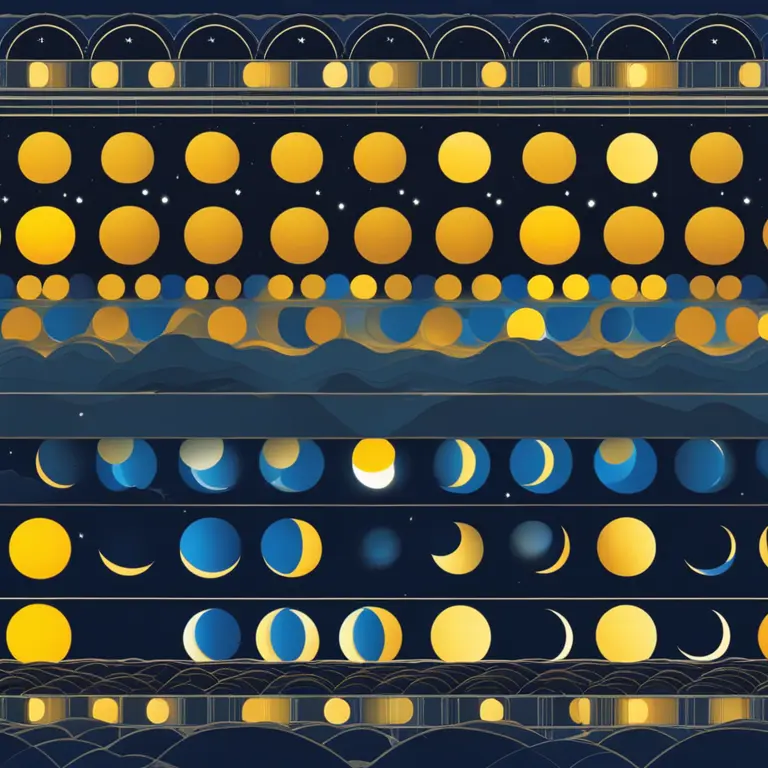
The Lunar Journey: Post-Full Moon Phase
Discover the lunar phase that follows the bright spectacle of the full moon and its significance in astrological practices.
article by Priya Deshmukh
The Waning Gibbous Transition
After the spectacle of the full moon, where its entire face is illuminated by the sun, the moon enters a phase known as the waning gibbous. This phase marks the beginning of the moon’s transition from fullness to its last quarter. The term "waning" indicates that it is gradually getting smaller in the night sky. Symbolically, many astrologists believe that the waning gibbous is a time for gratitude, reflection, and introspection, allowing individuals to process and release emotions accumulated during the full moon.

Astrological Implications in 2024
Astrologically, each lunar phase carries its own significance. As we navigate through 2024, the waning gibbous phase presents a period for practitioners and enthusiasts to let go of old habits and focus on personal release. Many horoscopes will point to this time as ideal for decluttering physical spaces and mental landscapes to make room for new opportunities and the rebirth associated with the upcoming new moon.

Night Sky Observation
Casual observers and seasoned astronomers can witness the waning gibbous phase as the moon rises later each night and appears less fully illuminated. This transition period is characterized by a decrease in the moon's visibility from right to left (in the northern hemisphere), and this gradual change continues until the last quarter moon is reached. The waning gibbous can be observed in the night sky as a time to appreciate the moon's dynamic cycles.

Biorhythms and Lunar Phases
In the realm of biorhythms, which studies the cycles of physical, emotional, and intellectual conditions of humans, the waning gibbous phase of the moon is linked to a time of decrease. Believers in biorhythmic patterns might find themselves focusing on recovery, analysis of past decisions, and preparation for the more inward period of the new moon.

Compatibility and the Waning Gibbous
In terms of compatibility, the reflection that the waning gibbous phase encourages can be an excellent time for partners to communicate about recent events and emotional exchanges. Those who consult astrology for relationship insights might focus on reconciliations or re-evaluations during this lunar phase, as it provides the astrological backdrop for resolution and closure.
Preparing for the Next Cycle
As the waning gibbous moon gradually diminishes to make way for the third quarter moon and eventually a new moon, it symbolizes the conclusion of one cycle and the preparation for the next. The anticipation of the forthcoming new moon phase, which signifies new beginnings, encourages individuals to finish old business and clear their personal slate for the new intentions they will set.
Published: 1/19/2024
Modified: 1/19/2024
More predictions
Come back here soon to learn more about yourself and your future


Moon Phases: Celestial Dynamics and Impact
Discover the intriguing facts about moon phases and their significance in celestial dynamics, astrology, and personal biorhythms.


The Accuracy of Moon Phase Watches
Discover the precision of moon phase watches and their place in the intersection of timekeeping and celestial movements.


The Mystery of Lunar Phases: What Causes Them?
Delve into the celestial mechanics behind the lunar phases and how they influence our astrological interpretations.